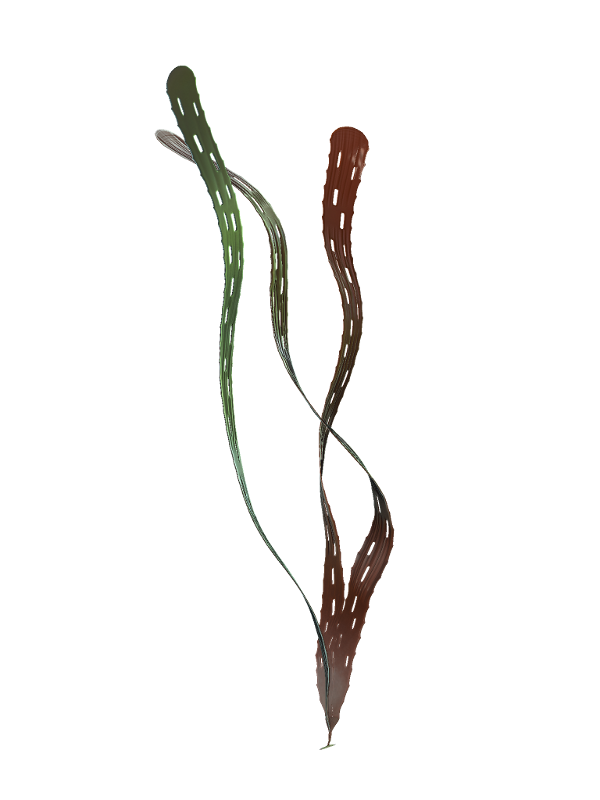|
Trigoides
The genus Trigoides is known from fossils from the Chengjiang Lagerstätte. It is proposed to be a type of ctenophore.Hu, Steiner, Zhu, Erdtmann, Luo, Chen, Weber (2007). "Diverse pelagic predators from the Chengjiang Lagerstätte and the establishment of modern-style pelagic ecosystems in the early Cambrian." ''Palaeogeography, Palaeoclimatology, Palaeoecology'', 254(1-2): 307-316 A phylogenetic study of Cambrian The Cambrian Period ( ; sometimes symbolized Ꞓ) was the first geological period of the Paleozoic Era, and of the Phanerozoic Eon. The Cambrian lasted 53.4 million years from the end of the preceding Ediacaran Period 538.8 million years ag ... stem-group ctenophores recovered ''Trigoides'' in Scleroctenophora, along with'' Galeactena'', '' Maotianoascus'', '' Thaumactena'', '' Batofasciculus'' and '' Gemmactena''. References Monotypic prehistoric ctenophore genera {{Cambrian-animal-stub ... [...More Info...] [...Related Items...] OR: [Wikipedia] [Google] [Baidu] |
Maotianshan Shales
The Maotianshan Shales are a series of Early Cambrian deposits in the Chiungchussu Formation, famous for their '' Konservat Lagerstätten'', deposits known for the exceptional preservation of fossilized organisms or traces. The Maotianshan Shales form one of some forty Cambrian fossil locations worldwide exhibiting exquisite preservation of rarely preserved, non-mineralized soft tissue, comparable to the fossils of the Burgess Shale. They take their name from Maotianshan Hill (, Literal meaning: Hat Sky Mountain) in Chengjiang County, Yunnan Province, China. The most famous assemblage of organisms are referred to as the Chengjiang biota for the multiple scattered fossil sites in Chengjiang. The age of the Chengjiang Lagerstätte is locally termed Qiongzhusian, a stage correlated to the late Atdabanian Stage in Siberian sequences of the middle of the Early Cambrian. The shales date to ≤. The shales also contain the slightly younger Guanshan biota from Malong District in Y ... [...More Info...] [...Related Items...] OR: [Wikipedia] [Google] [Baidu] |
Ctenophore
Ctenophora (; ctenophore ; ) comprise a phylum of marine invertebrates, commonly known as comb jellies, that inhabit sea waters worldwide. They are notable for the groups of cilia they use for swimming (commonly referred to as "combs"), and they are the largest animals to swim with the help of cilia. Depending on the species, adult ctenophores range from a few millimeters to in size. Only 100 to 150 species have been validated, and possibly another 25 have not been fully described and named. The textbook examples are cydippids with egg-shaped bodies and a pair of retractable tentacles fringed with tentilla ("little tentacles") that are covered with colloblasts, sticky cells that capture prey. Their bodies consist of a mass of jelly, with a layer two cells thick on the outside, and another lining the internal cavity. The phylum has a wide range of body forms, including the egg-shaped cydippids with retractable tentacles that capture prey, the flat generally combless plat ... [...More Info...] [...Related Items...] OR: [Wikipedia] [Google] [Baidu] |
Cambrian
The Cambrian Period ( ; sometimes symbolized Ꞓ) was the first geological period of the Paleozoic Era, and of the Phanerozoic Eon. The Cambrian lasted 53.4 million years from the end of the preceding Ediacaran Period 538.8 million years ago (mya) to the beginning of the Ordovician Period mya. Its subdivisions, and its base, are somewhat in flux. The period was established as "Cambrian series" by Adam Sedgwick, who named it after Cambria, the Latin name for 'Cymru' (Wales), where Britain's Cambrian rocks are best exposed. Sedgwick identified the layer as part of his task, along with Roderick Murchison, to subdivide the large "Transition Series", although the two geologists disagreed for a while on the appropriate categorization. The Cambrian is unique in its unusually high proportion of sedimentary deposits, sites of exceptional preservation where "soft" parts of organisms are preserved as well as their more resistant shells. As a result, our understanding of the Cambria ... [...More Info...] [...Related Items...] OR: [Wikipedia] [Google] [Baidu] |
Scleroctenophora
Scleroctenophora is an extinct class of ctenophore, known from the Chinese Maotianshan shales of Yunnan. It is dated to Cambrian Stage 3 and belongs to late Early Cambrian The Cambrian Period ( ; sometimes symbolized C with bar, Ꞓ) was the first geological period of the Paleozoic Era, and of the Phanerozoic Eon. The Cambrian lasted 53.4 million years from the end of the preceding Ediacaran Period 538.8 million ... strata. Scleroctenophorans are easily distinguished from other ctenophores by the presence of an internal skeleton that supports the body. References Prehistoric ctenophores Maotianshan shales fossils {{Ctenophore-stub ... [...More Info...] [...Related Items...] OR: [Wikipedia] [Google] [Baidu] |
Maotianoascus
''Maotianoascus octonarius'' is an extinct species of stem-group ctenophore, known from the Chinese Maotianshan shales of Yunnan. It is dated to Cambrian Stage 3 and belongs to late Early Cambrian The Cambrian Period ( ; sometimes symbolized C with bar, Ꞓ) was the first geological period of the Paleozoic Era, and of the Phanerozoic Eon. The Cambrian lasted 53.4 million years from the end of the preceding Ediacaran Period 538.8 million ... strata. The species is remarkable for its set of eight massive lobes. References Maotianshan shales fossils Monotypic ctenophore genera Prehistoric ctenophore genera {{Ctenophore-stub ... [...More Info...] [...Related Items...] OR: [Wikipedia] [Google] [Baidu] |


